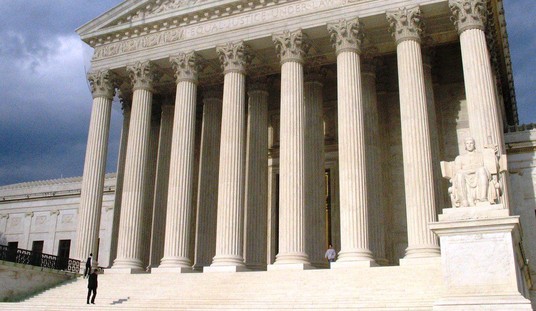On Monday, the Supreme Court ruled that the Second Amendment applies to states and cities as well as the federal government. Judging from their objections, the four dissenters were still reeling from the court’s landmark 2008 decision recognizing that the amendment protects an individual right to keep and bear arms.
In their dissenting opinions, Justices John Paul Stevens and Stephen Breyer (joined by Ruth Bader Ginsburg and Sonia Sotomayor) worry that overturning gun control laws undermines democracy. If “the people” want to ban handguns, they say, “the people” should be allowed to implement that desire through their elected representatives.
What if the people want to ban books that offend them, establish an official church or authorize police to conduct warrantless searches at will? Those options are also foreclosed by constitutional provisions that apply to the states by way of the 14th Amendment. The crucial difference between a pure democracy and a constitutional democracy like ours is that sometimes the majority does not decide.
Likewise, Stevens defends “state and local legislatures’ right to experiment,” while Breyer is loath to interfere with “the ability of states to reflect local preferences and conditions — both key virtues of federalism.” Coming from justices who think Congress can disregard state decisions about the medical use of marijuana because a plant on the windowsill of a cancer patient qualifies as interstate commerce, this sudden concern about federalism is hard to take seriously.
Another reason to doubt the dissenters’ sincerity: They would never accept federalism as a rationale for letting states “experiment” with freedom of speech, freedom of religion or due process protections. Much of their job, as they themselves see it, involves overriding “local preferences” that give short shrift to constitutional rights.
Second Amendment rights are different, Breyer says, because “determining the constitutionality of a particular state gun law requires finding answers to complex empirically based questions.” So does weighing the claims in favor of banning child pornography or depictions of animal cruelty, relaxing the Miranda rule, admitting illegally obtained evidence or allowing warrantless pat-downs, dog sniffs or infrared surveillance.
When they decide whether a law or practice violates a constitutional right, courts cannot avoid empirical questions. In cases involving racial discrimination or content-based speech restrictions, for example, they ask whether the challenged law is “narrowly tailored to serve a compelling state interest” and is the “least restrictive means” of doing so.
But unlike equal protection or freedom of speech, Stevens says, “firearms have a fundamentally ambivalent relationship to liberty.” How so? “Just as they can help homeowners defend their families and property from intruders,” he explains, “they can help thugs and insurrectionists murder innocent victims.”
Every right can be abused, with results that are immoral, illegal or both. Freedom of speech can be used to spread hateful ideas, promote pernicious political philosophies, slander the innocent or engage in criminal conspiracies. If there were no potential for harm from exercising a right, there would be no need to protect it, because no one would try to restrict it.
The dissenters’ most frivolous objection is that making states obey the Second Amendment “invites an avalanche of litigation,” as Stevens puts it. Every day we hear about cases in which people argue that the government has violated their rights under the First, Fourth, Fifth, Sixth or Eighth amendment. Neither Stevens nor Breyer wants to stop this “avalanche.” Only when the Second Amendment is added to the mix do they recoil in horror at the prospect that Americans will use the courts to vindicate their rights.
Stevens warns that “the practical significance of the proposition that ‘the Second Amendment right is fully applicable to the states’ remains to be worked out by this court over many, many years.” But that’s because the court for many, many years ignored the Second Amendment while gradually defining the contours of its neighbors in the Bill of Rights. There is a lot of catching up to do.
Gun Shy: Four Supreme Court Justices Make Case Against Constitutional Rights

Advertisement







Join the conversation as a VIP Member